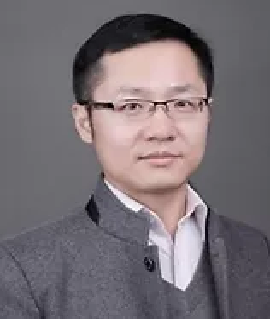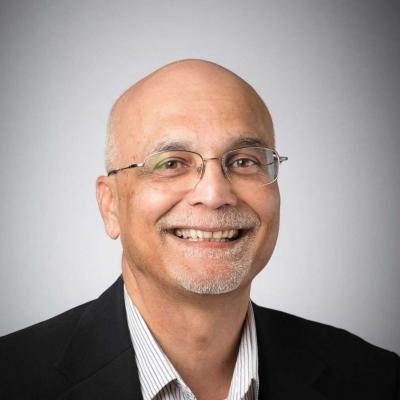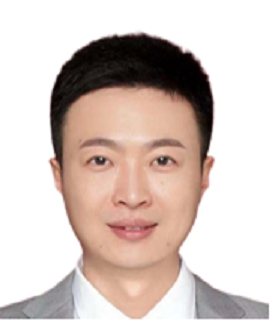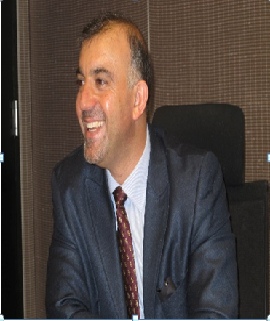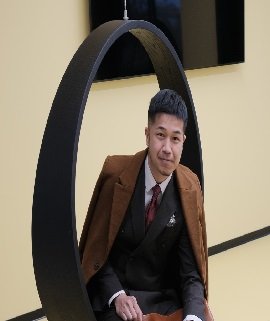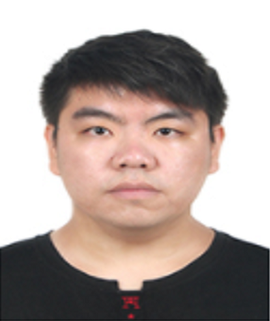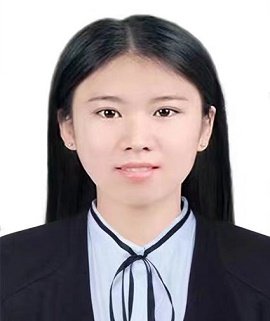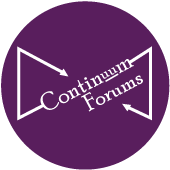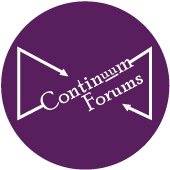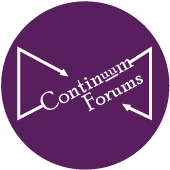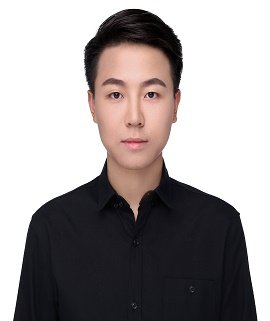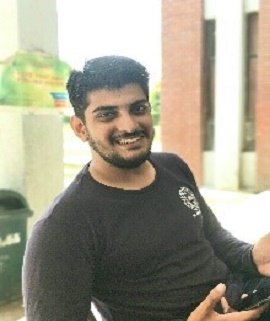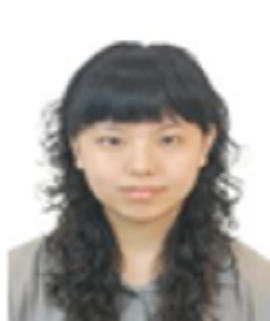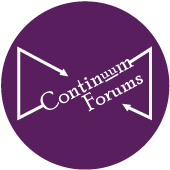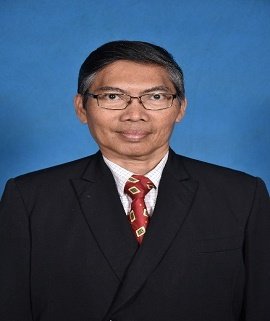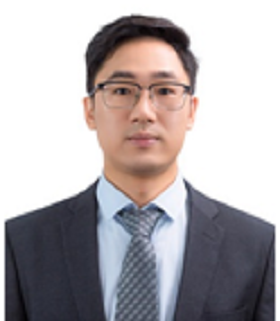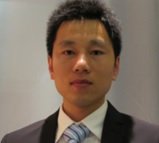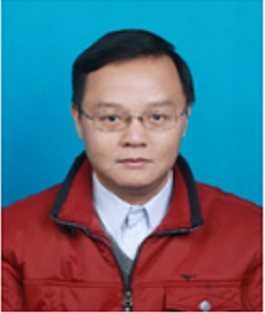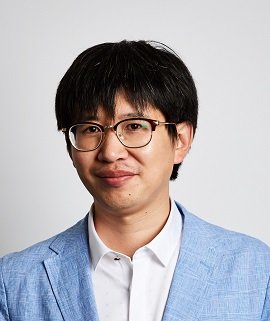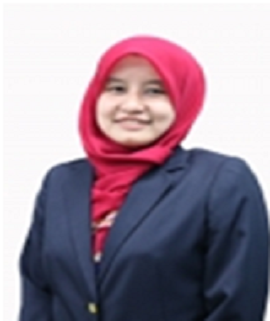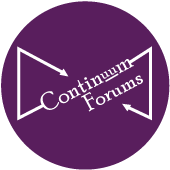About The Conference
Dear Colleagues!
It is with great pleasure that we welcome all the researchers in the field of Semiconductors and Optoelectronics to the International Forum on Semiconductors and Optoelectronics, (SEMICONFORUM2023), which will be held virtually during June 05-07, 2023.
The aim of SEMICONFORUM2023 is to be a premier international forum to highlighting the novel developments, to share new ideas, research results and development experiences and providing networking opportunities with the peers to help establish connections for early career scientists to meet a diverse mix of researchers, decision makers to strengthen existing connections and forge new ones.
Also the main agenda of this conference is to bring together world-leading academics, practitioners, industry leaders, policymakers, and business professionals from the fields of Semiconductors and Optoelectronics to develop practical solutions for current challenges in these fields. The conference series has featured plenary talks, keynote talks, special sessions, poster presentations, workshops, and contributed papers each year.
We do hope you can make time in your busy schedule to the meeting and share your ideas on a topic of your choice and be a part of this successful conference.
We are looking forward to seeing you at Webinar.
Important Dates
Abstract Submission Deadline
May 25, 2023
Earlybird Registration
April 28, 2023
Standard Registration
May 28, 2023
On-spot Registration
June 05, 2023
Plenary Speakers
Invited Speakers
Sessions
- Semiconductor Optoelectronics
- Biocompatible Semiconductor Optoelectronics
- Two-dimensional Semiconductor Optoelectronics
- Semiconductor Integrated Optoelectronics
- RF and Analogue Integrated Circuits
- Photonic Integrated Circuits
- Interaction of Photons with Electrons and Holes in a Semiconductor
- Absorption in Semiconductors and Quantum Wells
- Semiconductor laser: Device Structure and Characteristics
- Semiconductor Optoelectronic Materials and Heterostructures
- Semiconductor Nanocrystal Optoelectronics
- Classical theory of Dispersion in Dielectrics
- Quantum-Mechanical theory of Dispersion
- Absorption processes in Semiconductors
- Magneto-Optical Effects
- Emission of Radiation from Semiconductors
- Semiconductor Lasers and Lamps
- Non-linear Optical Effects
- Semiconductor Physics
- Semiconductors and Electrical Conductivity
- Semiconductor Photodetectors
Tentative Schedule
Day 1
| Time | Session |
|---|---|
| 08:30 - 09:00 | Registrations |
| 09:00 - 09:30 | Opening Words |
| 09:30 - 10:45 | Plenary Presentations |
| 10:45 - 11:00 | Group Photography followed by Snacks Break |
| 11:00 - 13:00 | Plenary Presentations |
| 13:00 - 14:00 | Lunch Break |
| 14:00 - 15:50 | Invited Presentations |
| 15:50 - 16:05 | Evening Break and Networking |
| 16:05 - 17:30 | Invited Presentations |
Day 2
| Time | Session |
|---|---|
| 09:00 - 09:30 | On-Spot Registrations |
| 09:30 - 10:55 | Plenary Presentations |
| 10:55 - 11:10 | Tea/Coffee & Snacks Break |
| 11:10 - 12:50 | Keynote Presentations |
| 12:50 - 13:50 | Lunch Break |
| 13:50 - 14:50 | Hands on Workshop |
| 14:50 - 16:00 | Speaker Presentations |
| 16:00 - 16:15 | Evening Break and Networking |
| 16:15 - 17:30 | Speaker Presentations |
Day 3
| Time | Session |
|---|---|
| 09:00 - 09:30 | On-Spot Registrations |
| 09:30 - 10:55 | Speaker Presentations |
| 10:55 - 11:10 | Tea/Coffee & Snacks Break |
| 11:10 - 12:50 | Speaker Presentations |
| 12:50 - 13:50 | Lunch Break |
| 13:50 - 16:15 | Poster Presentations |
| 16:15 - 16:45 | Presenations & Awards |
| 16:45 - 17:00 | Closing Cermony |
Event Venue
Hybrid
Osaka is Located on
the main island of Honshu, Roughly in the center of Japan. Osaka City, which
was incorporated in 1889, has a population of 2.5 million and an area of 221 Square kilometers. Osaka Prefecture, which includes Osaka City (its capital)
and 42 other municipalities, has a population of 8.7 million and a total land
mass of about 1,905 square kilometers. Although Osaka is Japan's second
smallest prefecture by size, its population represents 7% of the entire nation,
making it the second most populous prefecture after Tokyo. Furthermore, 10% of
all non-Japanese residents live in Osaka.
Hideyoshi's Castle
Town
In 794, the capital of
Japan was moved to Heian-kyo (Kyoto). The period that followed, called the
Heian Period, saw the construction of numerous fine temples around the Kyoto and
Osaka areas, while arts, crafts and women's literature (such as A Tale of
Genji) flourished. But by the late 1100s, as the nation entered the Kamakura
Period, powerful warlords gained hegemony over the land, and the capital was
moved to Kamakura. Thus began more than two centuries of civil war.
During the 14th century, Osaka was largely devastated by a series of wars. Then in 1496, Rennyo, a high-ranking priest, began construction of Ishiyama Gobo, a temple and monk's quarters on Osaka's Uemachi Daichi heights. This temple later came to be called Ishiyama Honganji Temple, and the area around it as Osaka. Thereafter, Ishiyama Hongan-ji functioned as an impregnable fort to defend against attack by warlords.
Tourist Attractions
Check Tourist Attractions of The City
